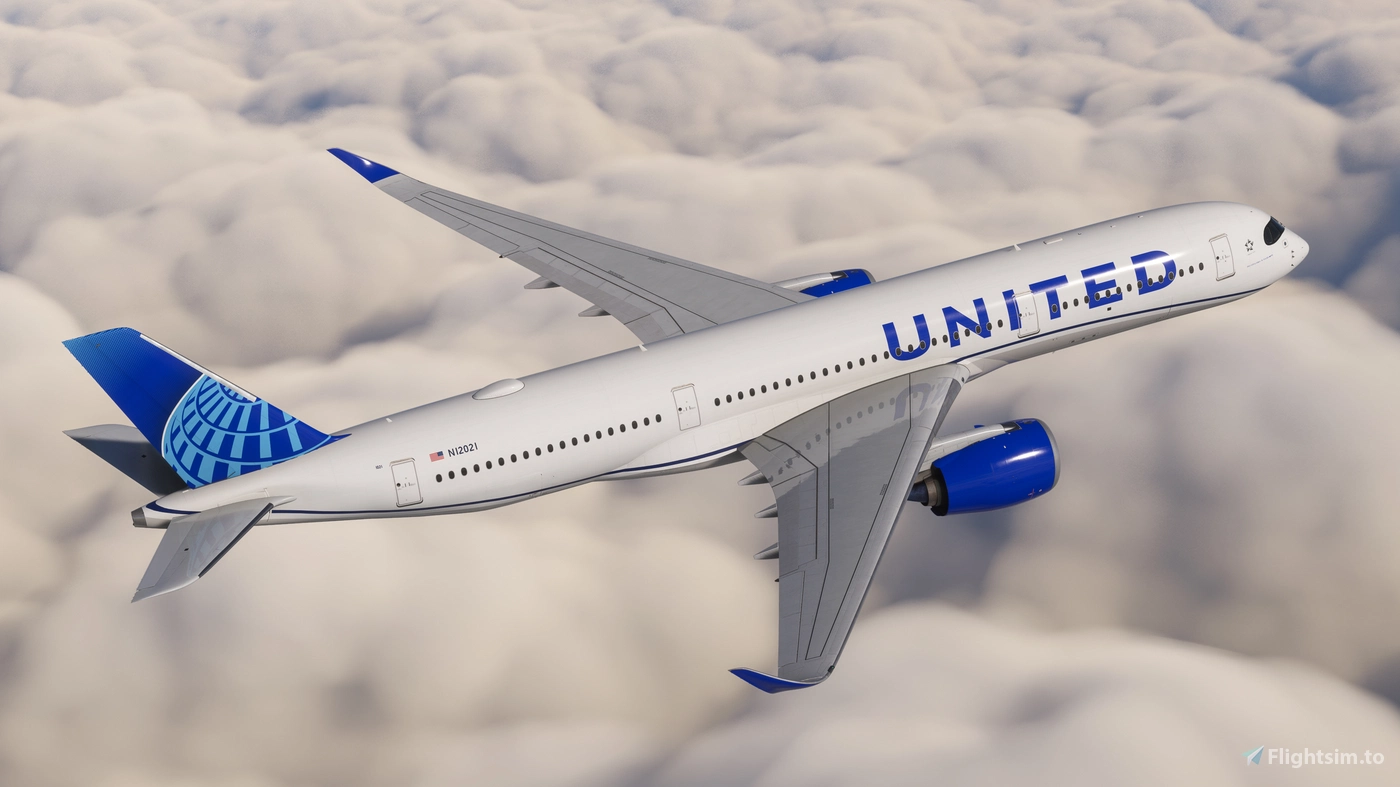United Airlines Strategy: Rethinking the Airbus A350 Order Amid Fleet Renewal

United Airlines is approaching a decisive moment that could reshape its long-haul strategy for decades. After repeatedly deferring its commitment to the Airbus A350, the carrier now plans to decide by the end of 2025 whether to activate its 45-aircraft A350-900 order or continue doubling down on Boeing’s 787 Dreamliner program. The outcome will determine how United replaces its aging Boeing 767 and early 777-200 fleets, both of which are due for retirement in the next decade.
United first ordered the A350 in 2009, later converting and expanding the order to 45 A350-900s with deliveries pushed into the 2030s. In the meantime, it has made the 787 the backbone of its long-haul operations, with over 140 Dreamliners on order. CEO Scott Kirby has acknowledged that pilot retraining will be necessary regardless of the aircraft chosen, making this a “natural time” to reconsider the A350 commitment rather than continue deferring it.
Analysts see four main options. One is to move forward with the A350, gaining a modern, long-range widebody with superior fuel efficiency, lower maintenance costs, and extra capacity on high-demand international routes. Another is to stick with the 787, which simplifies training, maintenance, and parts logistics while aligning with United’s historic preference for U.S.-built aircraft. A third approach is to diversify with both Airbus and Boeing fleets, hedging against supply chain disruptions and matching aircraft more precisely to route profiles, at the cost of added operational complexity. Finally, United could delay the decision, but with its 767 and 777 fleets aging fast, that risks higher operating costs and missed opportunities.
Four Paths Forward
| Option | Pros | Cons |
|---|---|---|
| 1. Activate A350 Order | Gain best-in-class range and efficiency; signal confidence in Airbus; position for international growth | Delay in deliveries means short-term gaps; higher operational complexity |
| 2. Stay All-Boeing (787 Focus) | Fleet commonality, simplified logistics and training | Missed opportunity to diversify; dependence on Boeing’s capacity and performance |
| 3. Dual-Fleet Strategy (Boeing + Airbus) | Flexibility by matching aircraft to route demand; risk hedging | Increased complexity in operations, maintenance, and crew training |
| 4. Delay the Decision | More time to assess market, fuel, and demand trends | Aging fleet becomes costlier to maintain; risk of being late to renew |
My assessment leans toward a dual-fleet strategy: firming up the A350 order while continuing 787 deployment. Because pilot retraining is inevitable either way, absorbing Airbus into the mix now gives United flexibility, better negotiating power, and resilience if Boeing or Airbus face supply constraints or performance issues.
Long-Haul Fleet Age Comparison (2025)
United currently operates a fleet of 1,051 aircraft, including thirty-seven Boeing 767-300ERs and sixteen Boeing 767-400ERs. According to ch-aviation data, the two variants average 29.6 and 24 years of age respectively. Earlier this year, the carrier confirmed it was accelerating the phase-out of its older, costlier aircraft as part of a broader fleet modernization strategy.
Us Major Airlines Aircraft Type and Average Age:
- United Airlines
Boeing 787 7.2 years; 787-8, 787-9, 787-10 backbone of long-haul fleet; over 140 on order
Boeing 777 22.0 years; includes older 777-200, 777-200ER and 777-300ER variants
Boeing 767 27.9 years; oldest 767-300ER slated for retirement, younger 767-400ER might remain longer - Delta
Air Lines
Airbus A350 5.2 years; newest widebody; acquired some from LATAM
Airbus A330 10.8 years; includes older -200/-300 and newer -900neo models
Boeing 767 27.5 years; legacy aircraft; planned retirement by 2030 - American
Airlines
Boeing 787-8/-9 6.7 years; rapid expansion; replacing older 777s
Boeing 777-300ER 11.6 years; flagship long-haul aircraft; being retrofitted
Boeing 777-200ER 24.8 years; oldest widebody; gradual phase-out underway
United operates the oldest long-haul fleet among the major U.S. carriers, with its 767s and 777-200s nearing retirement age. Delta, by contrast, has diversified with newer Airbus widebodies while keeping its legacy 767 fleet meticulously maintained, and American has aggressively modernized by adding Dreamliners and phasing out older 777s.
Because pilot retraining will be required regardless of aircraft type, industry analysts argue that integrating Airbus into United’s fleet now could give the airline greater leverage, resilience, and flexibility in an era of volatile travel demand and manufacturer backlogs. Firming up the A350 order while continuing 787 expansion would enable United to match aircraft more precisely to routes and strengthen its negotiating position with both Boeing and Airbus.
This decision is far more than a routine fleet purchase. It will shape United’s competitive posture on transatlantic and transpacific routes, influence its cost base and sustainability goals, and signal whether the carrier is ready to embrace a dual-manufacturer strategy after years of relying heavily on Boeing. A final verdict is expected by the end of 2025, setting the course for United’s long-haul operations well into the 2030s.
Related News: https://airguide.info/?s=United+airlines
Sources: AirGuide Business airguide.info, bing.com
